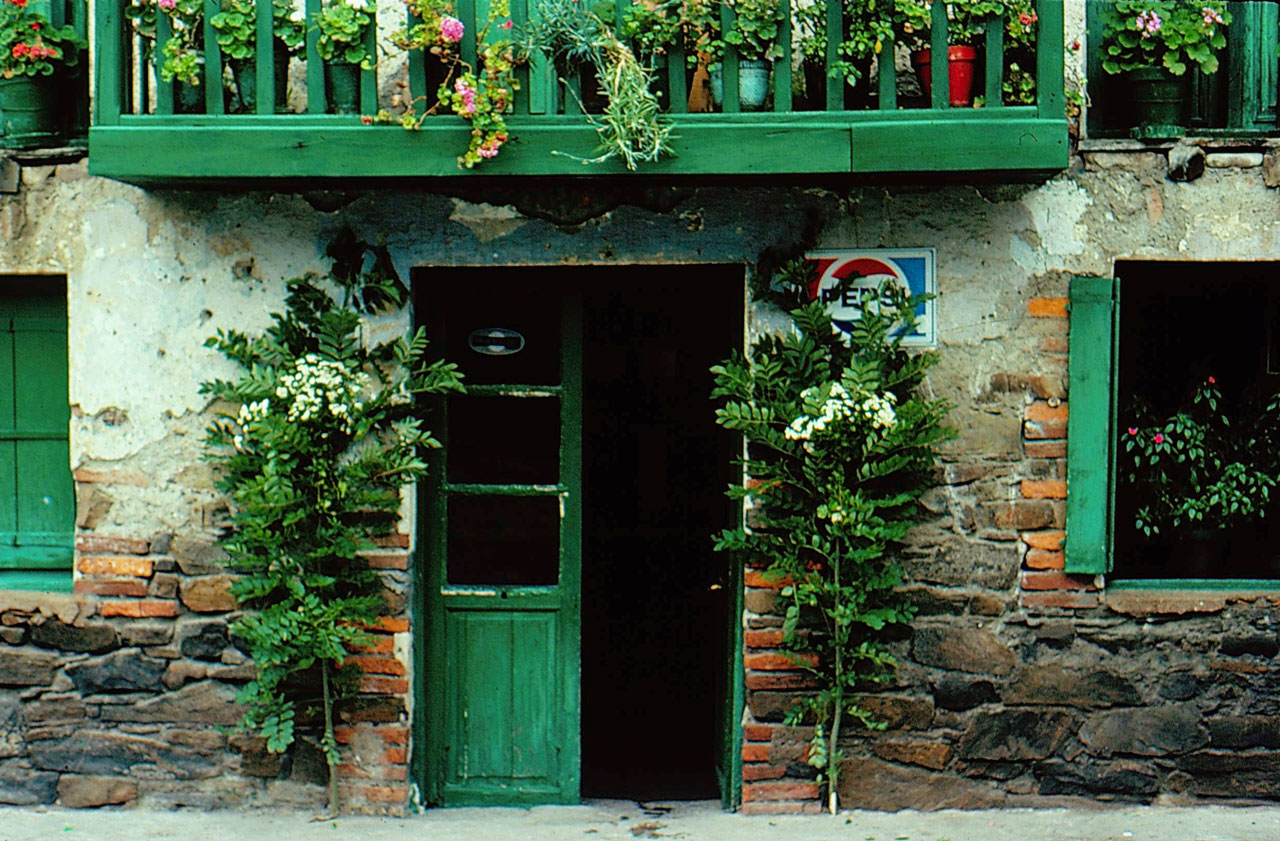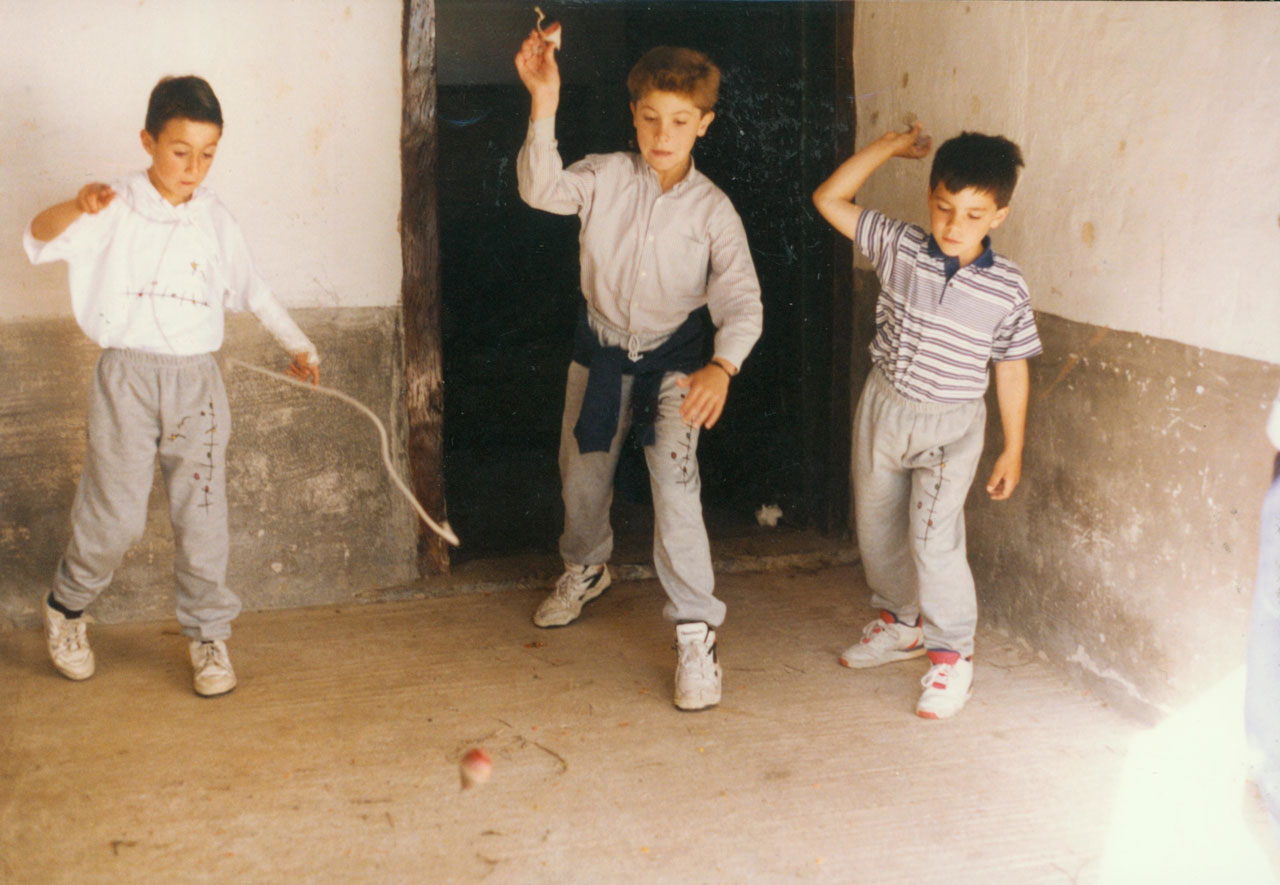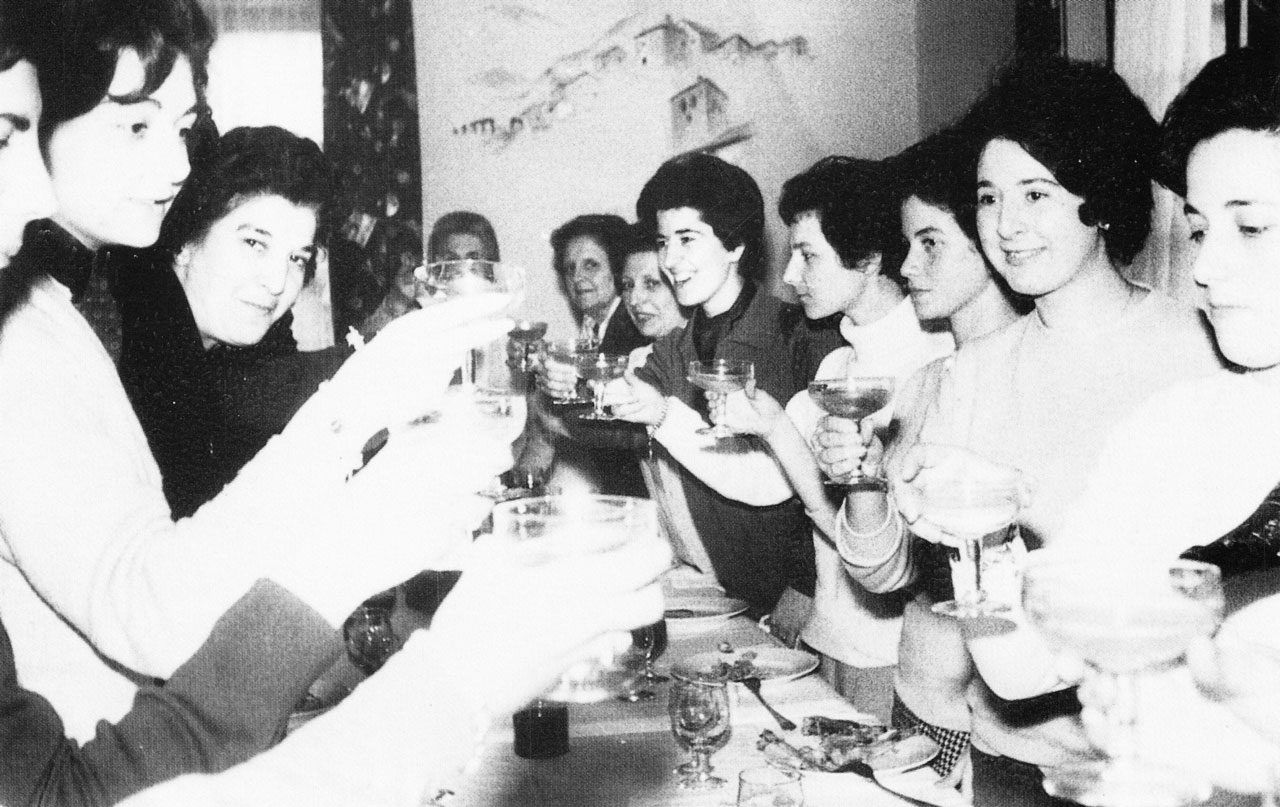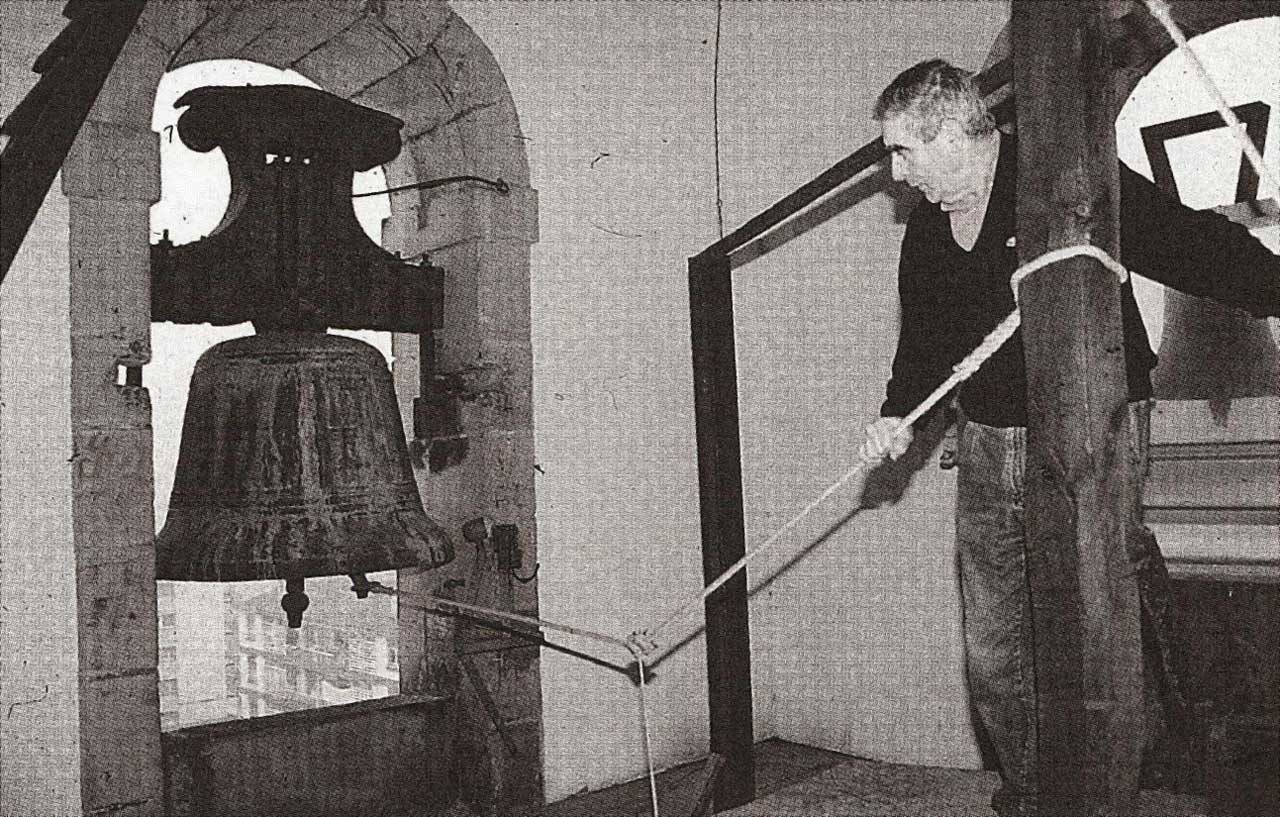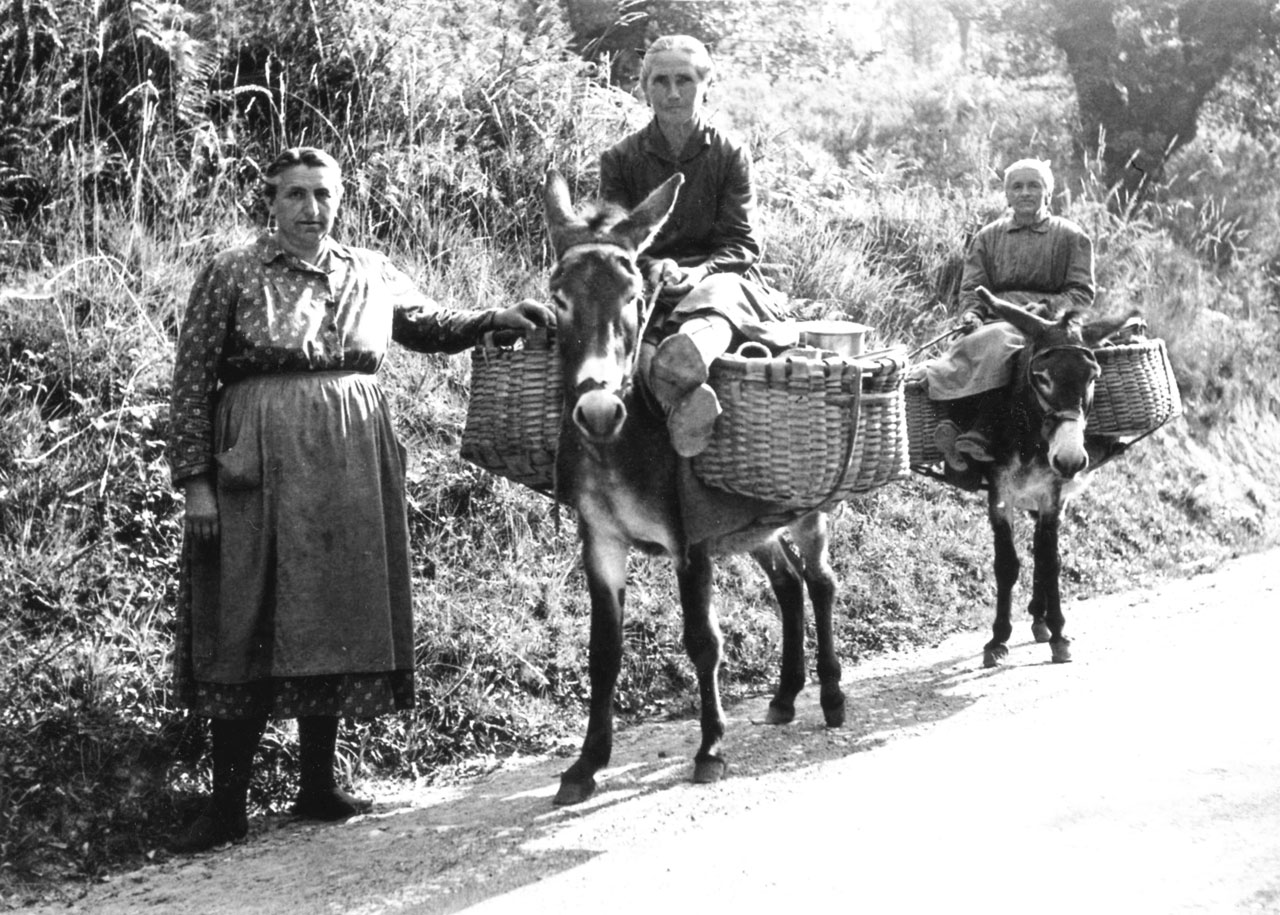Main Page/en
De Atlas Etnográfico de Vasconia
Revisión del 12:42 27 ene 2020 de Admin (discusión | contribuciones)
St John’s bunches of branches and flowers. Zeanuri (B), 1980. Source: Ander Manterola, Etniker Euskalerria Groups.
House and Family in the Basque Country


House and Family in the Basque Country
Different types of rites, such as attaching the St. John’s branch, San Juan haretxa, to the doorposts, were performed around the St. John’s Day festivities.
Family Diet in the Basque Country


Family Diet in the Basque Country
Maize, introduced in the 17th century, and potatoes, in the 19th, would revolutionise the Basque diet.
Children’s Games in the Basque Country


Children’s Games in the Basque Country
Changes in the adult world are also necessarily reflected in the children’s world. It should not be forgotten that those changes also affect the world of beliefs, convictions and rites underlying many traditional games; many of which would be stripped of meaning, some would fall into disuse, others would persist and would adapt to the new circumstances.
Traditional Medicine in the Basque Country


Traditional Medicine in the Basque Country
The widespread belief was that Christmas Eve’s bread, ogi salutadorea, would not go mouldy and would prevent rabies in dogs and other domestic animals.
Rites from Birth to Marriage in the Basque Country


Rites from Birth to Marriage in the Basque Country
The transfer of the chattels was a ritualised act of great importance as it marked the entry of the new spouse in the home, etxe-sartzea.
Funeral Rites in the Basque Country


Funeral Rites in the Basque Country
Los toques de campana han constituido una forma de comunicar la muerte muy efectiva en poblaciones rurales.
Pastando en Eneabe. Zeanuri (B), 1996. Fuente: Archivo Fotográfico Labayru Fundazioa: José Ignacio García.
Ganaderia y pastoreo en Vasconia


Ganaderia y pastoreo en Vasconia
Hace dos milenios Plinio distinguía el Vasconum saltus, húmedo y boscoso, del Vasconum ager con sembrados de cereales y viñedos. Aquella distinción sigue vigente en lo que se refiere a la ganadería.
Agricultura en Vasconia


Agricultura en Vasconia
Nuestros antepasados conocieron y practicaron una agricultura cuya escala era más humana y con una visión más holística, donde no solo se tenía en cuenta el rendimiento sino también la compleja red de factores físicos y seres vivos implicados en una actividad que en definitiva se basa en cultivar la vida que nos da alimento.
